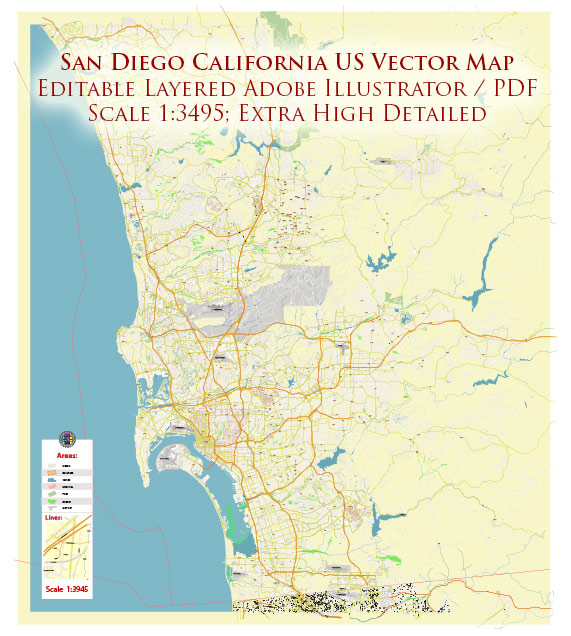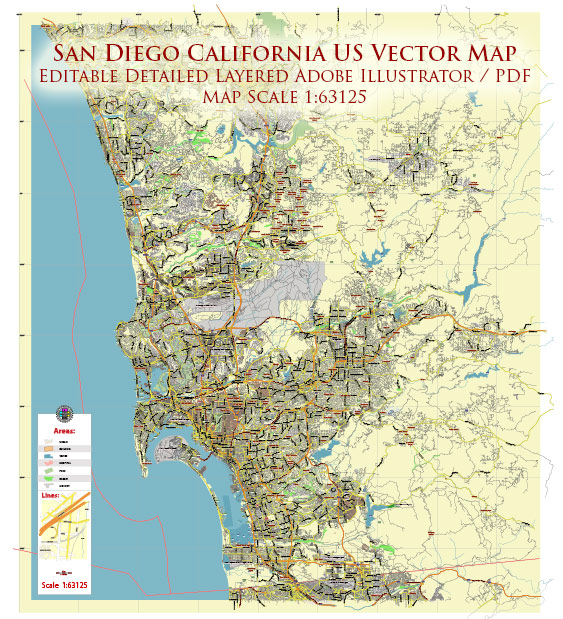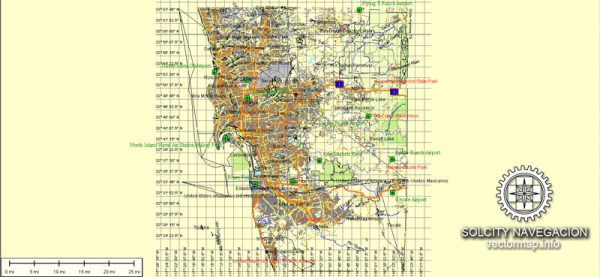San Diego, located in Southern California along the Pacific Coast, has a rich history of urban development that spans centuries. The region’s history is shaped by its indigenous peoples, Spanish colonization, Mexican rule, and eventual incorporation into the United States. Here’s a brief overview of San Diego’s urban development history:
- Indigenous Peoples: Before European colonization, the area now known as San Diego was inhabited by various indigenous groups, including the Kumeyaay people. They had established a complex and sustainable way of life, relying on the region’s natural resources for sustenance.
- Spanish Colonization: In 1769, Spanish explorers, led by Gaspar de Portolà and Father Junípero Serra, established the first of a chain of missions in California. The mission system aimed to convert indigenous populations to Christianity and establish Spanish control over the land. The San Diego Mission, founded in 1769, played a crucial role in the area’s early development.
- Mexican Rule: Following Mexico’s independence from Spain in 1821, San Diego became part of Mexican territory. During this period, the Mexican land grant system distributed large tracts of land to private individuals. The Rancho de la Nación, granted to Juan María Osuna, covered much of present-day downtown San Diego.
- American Acquisition: After the Mexican-American War (1846-1848), the Treaty of Guadalupe Hidalgo in 1848 ceded California to the United States. San Diego continued to be a sparsely populated area, and the development accelerated with the discovery of gold in Northern California, bringing an influx of settlers.
- Early Growth and Industry: In the late 19th and early 20th centuries, San Diego experienced growth driven by industries such as fishing, agriculture, and the military. The completion of the transcontinental railroad in 1885 further facilitated development.
- Military Influence: The presence of the U.S. Navy and Marine Corps has played a significant role in San Diego’s development. During World War II, the city became a major military hub, and the defense industry has continued to be a crucial economic driver.
- Tourism and Innovation: In the mid-20th century, San Diego saw a surge in tourism, with attractions such as Balboa Park, the San Diego Zoo, and the development of Mission Bay. The city also became a center for aerospace and technology industries.
- Suburban Expansion: Like many American cities, San Diego experienced suburbanization and population growth in the post-World War II era. The development of suburbs and the expansion of infrastructure, including highways, contributed to the city’s spatial expansion.
- Cultural and Economic Diversity: San Diego’s population is diverse, with influences from various cultures and ethnicities. The city has evolved into a hub for biotechnology, telecommunications, and tourism, contributing to its economic vibrancy.
- Challenges and Opportunities: San Diego faces ongoing challenges related to urban planning, infrastructure, and addressing issues like housing affordability and transportation. The city continues to adapt to changing economic and demographic trends while preserving its historical and cultural heritage.
Overall, San Diego’s urban development reflects a dynamic interplay of historical, cultural, economic, and environmental factors that have shaped the city into what it is today.




 Author: Kirill Shrayber, Ph.D.
Author: Kirill Shrayber, Ph.D.